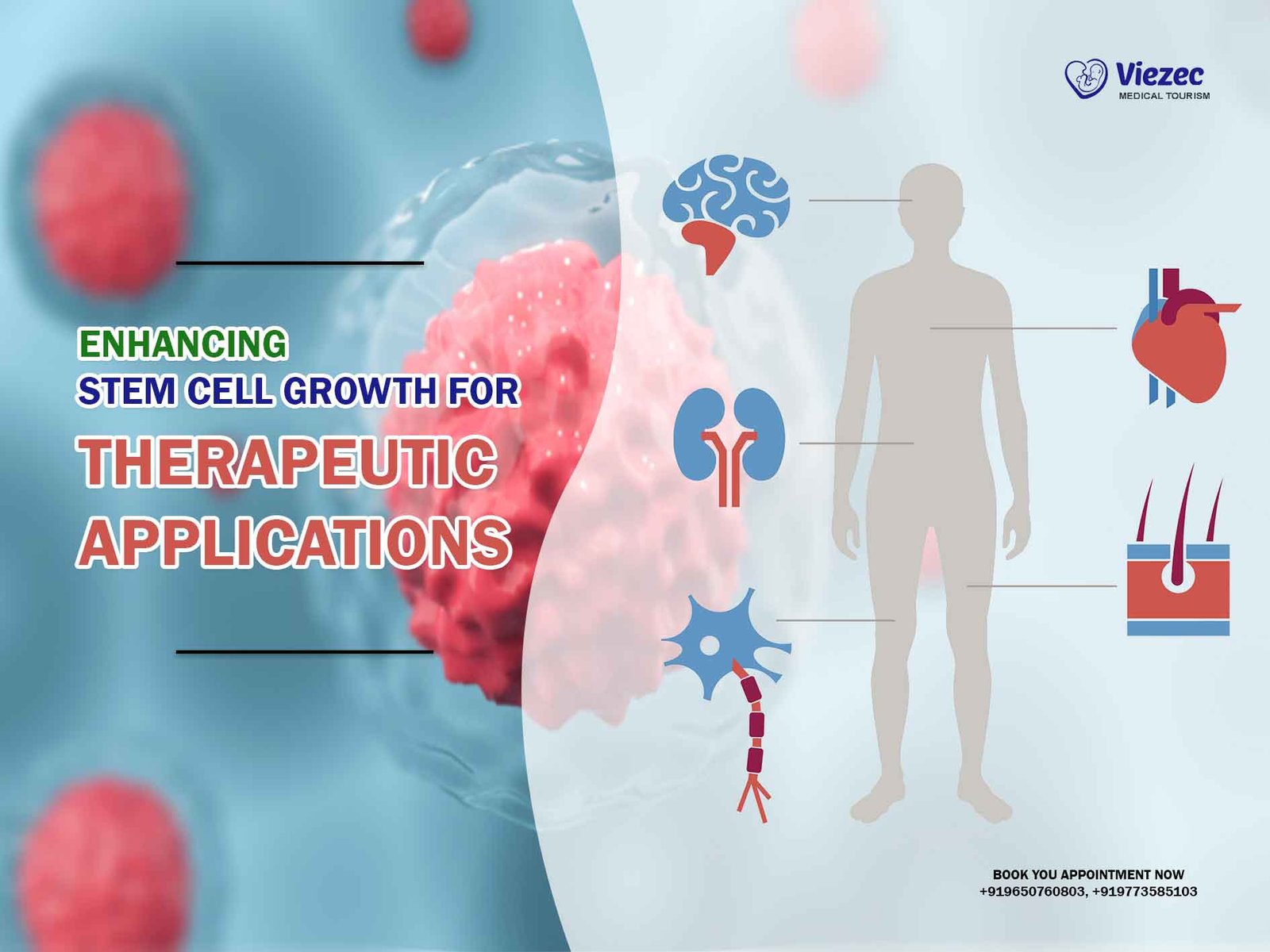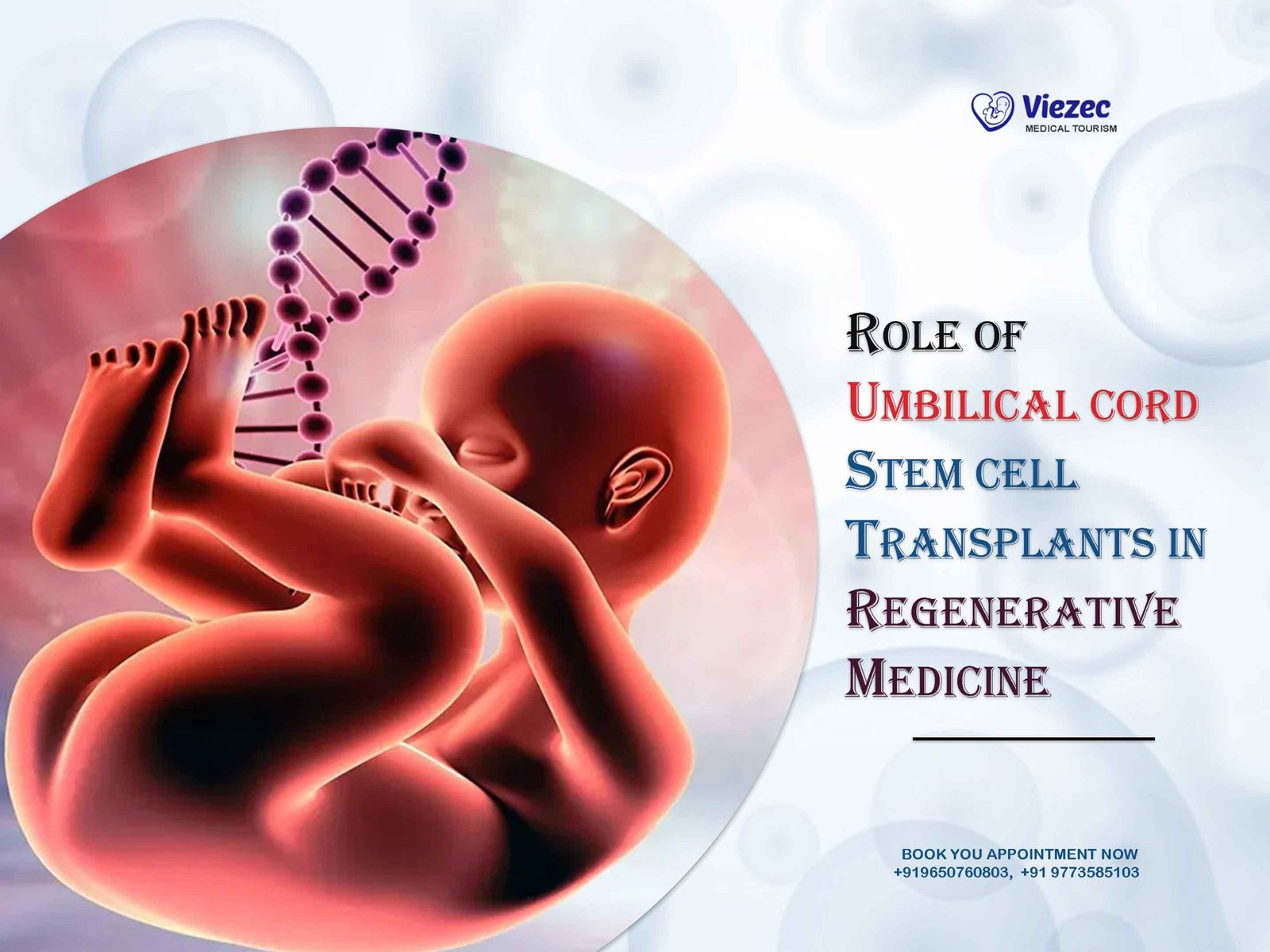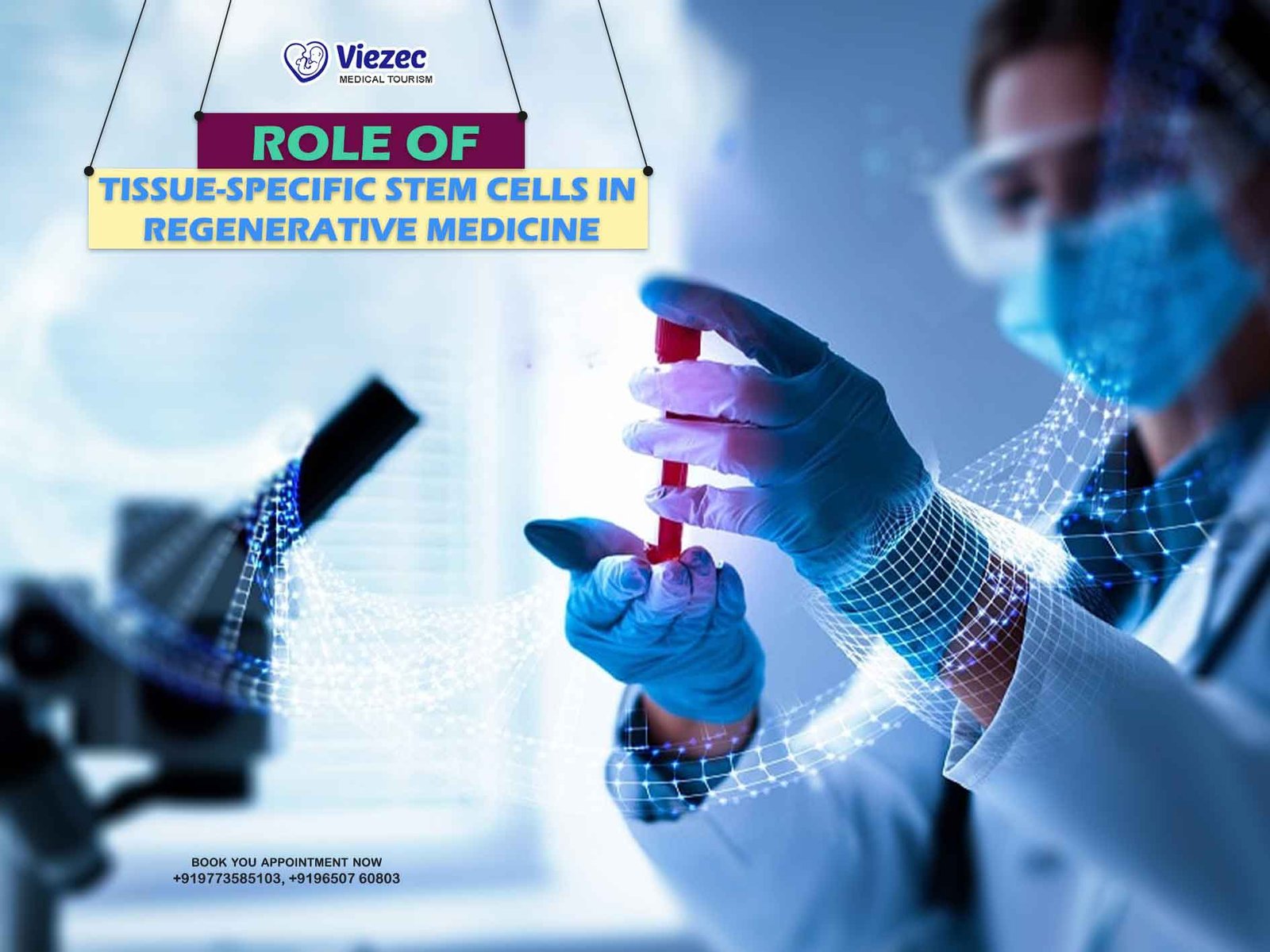Stem cell therapy holds great promise for revolutionizing medicine by offering treatments for a myriad of diseases and injuries. These unique cells possess the remarkable ability to differentiate into various specialized cell types, making them invaluable for regenerative medicine. However, realizing the full potential of stem cell-based therapies requires overcoming numerous challenges, including the optimization of stem cell growth in vitro. In this article, we delve into the methods and strategies employed to enhance stem cell proliferation and viability for therapeutic applications.
Understanding Stem Cells: An Overview
What Are Stem Cells?
Stem cells are undifferentiated cells characterized by their ability to self-renew and differentiate into specialized cell types. They can be broadly categorized into two main types: embryonic stem cells (ESCs) and adult stem cells (ASCs).
- Embryonic Stem Cells (ESCs): Derived from the inner cell mass of early-stage embryos, ESCs are pluripotent, meaning they can give rise to all cell types in the body.
- Adult Stem Cells (ASCs): Also known as somatic or tissue-specific stem cells, ASCs are found in various tissues throughout the body. Unlike ESCs, ASCs are multipotent, capable of differentiating into a limited range of cell types.
Importance of Stem Cells in Medicine
Stem cells offer immense potential for medical applications due to their unique properties:
- Regenerative Medicine: Stem cells can replace or repair damaged tissues and organs, offering potential treatments for conditions such as spinal cord injuries, heart disease, and neurodegenerative disorders.
- Drug Discovery and Testing: Stem cells can be used to model diseases in vitro, providing valuable tools for drug screening and development.
- Understanding Developmental Processes: Studying stem cell behavior and differentiation pathways can enhance our understanding of embryonic development and tissue regeneration.
Challenges in Stem Cell Culture
Limited Proliferation Capacity
One of the primary challenges in stem cell culture is achieving sufficient cell proliferation without compromising their pluripotency or differentiation potential. Stem cells often exhibit limited proliferation capacity in vitro, necessitating the development of strategies to promote their growth.
Maintaining Pluripotency and Differentiation Potential
Another critical aspect of stem cell culture is maintaining the pluripotent state of ESCs or the multipotent state of ASCs. Prolonged culture or inappropriate culture conditions can lead to spontaneous differentiation, reducing the therapeutic potential of the cells.
Contamination and Quality Control
Contamination with microbes, mycoplasma, or other cell types is a constant concern in cell culture laboratories. Maintaining strict aseptic conditions and implementing robust quality control measures are essential to ensure the purity and safety of stem cell cultures.
Strategies for Enhancing Stem Cell Growth
Optimization of Culture Conditions
Growth Factors and Cytokines
The addition of growth factors and cytokines to culture media is a common strategy for promoting stem cell proliferation and maintaining pluripotency. For example, leukemia inhibitory factor (LIF) is frequently used to sustain the pluripotency of mouse ESCs, while basic fibroblast growth factor (bFGF) supports the proliferation of human ESCs.
Extracellular Matrix (ECM) Components
The ECM provides a complex microenvironment that influences stem cell behavior. Coating culture surfaces with ECM components such as laminin, collagen, or fibronectin can enhance stem cell adhesion, proliferation, and differentiation.
Oxygen Tension
Oxygen tension plays a critical role in stem cell biology, with hypoxic conditions (lower oxygen levels) often favoring stem cell proliferation and maintenance of pluripotency. Mimicking physiological oxygen levels in culture can improve stem cell growth and functionality.
Three-Dimensional (3D) Culture Systems
Traditional two-dimensional (2D) culture systems may not accurately replicate the complex cellular interactions and tissue architectures found in vivo. Three-dimensional (3D) culture systems, such as scaffolds, hydrogels, and organoids, provide a more physiologically relevant environment for stem cell growth and differentiation.
Genetic and Epigenetic Manipulation
Genetic and epigenetic engineering techniques can be employed to modulate stem cell behavior and enhance their growth properties. For instance, overexpression of certain transcription factors or microRNAs can promote stem cell proliferation or inhibit differentiation pathways.
Small Molecule Modulators
Small molecules offer a versatile approach to manipulate stem cell signaling pathways and cellular processes. By targeting specific molecular pathways involved in proliferation and differentiation, small molecule modulators can enhance stem cell growth and maintain their undifferentiated state.
Bioreactor Systems
Bioreactor systems provide controlled environments for large-scale stem cell culture, offering advantages such as improved nutrient and oxygen delivery, homogeneous mixing, and scalability. Bioreactors can be tailored to mimic physiological conditions and support the expansion of stem cells for therapeutic applications.
Co-culture Systems
Co-culture systems involve the simultaneous culture of stem cells with supporting cell types, such as mesenchymal stem cells (MSCs) or feeder cells. These interactions can provide paracrine signals, growth factors, and extracellular matrix components that enhance stem cell proliferation and differentiation.
Future Directions and Challenges
Personalized Medicine
Advances in stem cell technology hold the potential to revolutionize personalized medicine by enabling the generation of patient-specific cells for transplantation and disease modeling. However, challenges remain in scaling up production and ensuring the safety and efficacy of personalized stem cell therapies.
Biomaterials and Tissue Engineering
Integration of stem cells with biomaterials and tissue engineering approaches opens new avenues for regenerative medicine. Scaffold-based strategies allow for the creation of functional tissues and organs ex vivo, offering hope for patients awaiting organ transplantation or suffering from tissue loss.
Genome Editing Technologies
Recent advancements in genome editing technologies, such as CRISPR-Cas9, offer unprecedented precision and efficiency in manipulating stem cell genomes. These tools enable targeted modifications to correct disease-causing mutations, enhance therapeutic efficacy, and investigate gene function in stem cells.
Ethical and Regulatory Considerations
The ethical implications of stem cell research, particularly involving human embryos, continue to be a subject of debate. Regulatory frameworks must balance the potential benefits of stem cell therapies with concerns regarding patient safety, informed consent, and equitable access to treatment.
Long-Term Safety and Efficacy
Ensuring the long-term safety and efficacy of stem cell therapies is essential for their clinical translation. Longitudinal studies and rigorous preclinical testing are necessary to evaluate potential adverse effects, monitor therapeutic outcomes, and optimize treatment protocols.
Enhancing stem cell growth for therapeutic applications represents a multifaceted challenge that requires interdisciplinary approaches and continuous innovation. By understanding the underlying mechanisms governing stem cell behavior and leveraging cutting-edge technologies, researchers strive to overcome existing limitations and unlock the full potential of stem cell-based therapies. As we continue to unravel the complexities of stem cell biology and refine our techniques for culture and manipulation, the promise of regenerative medicine grows ever closer to realization.









